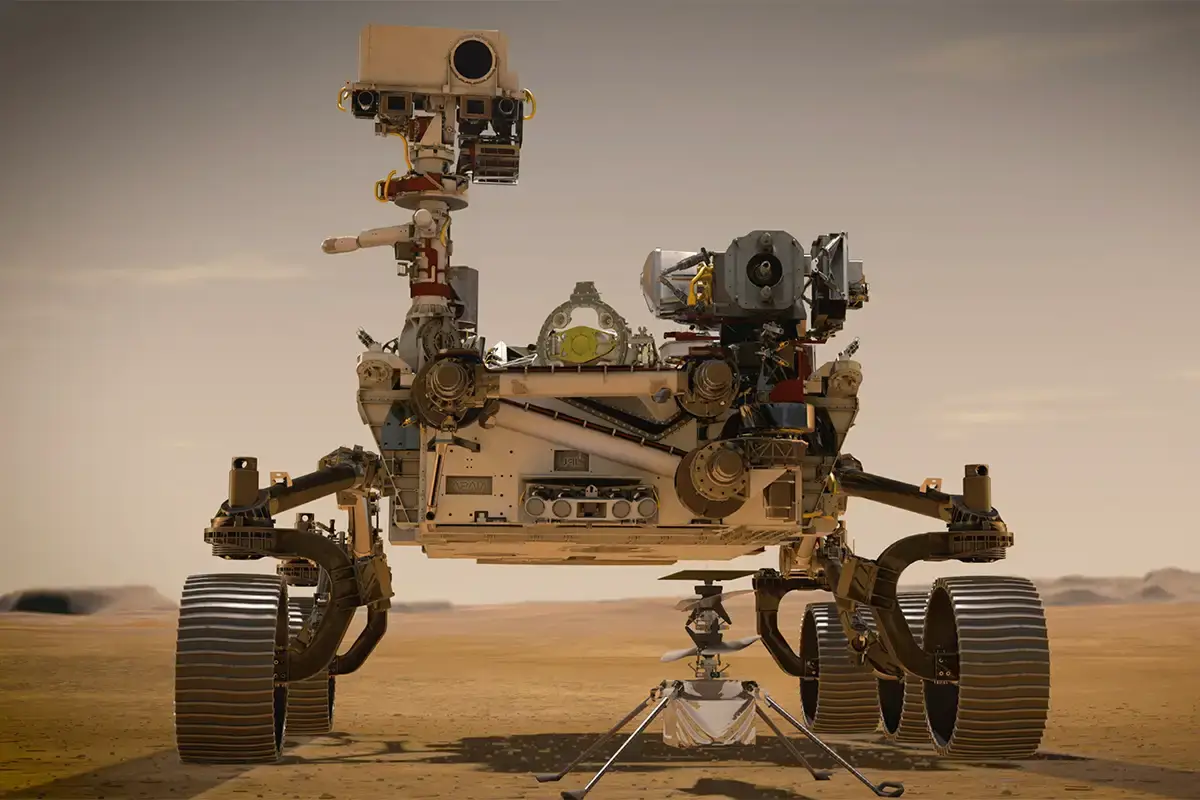Advancement in environmental monitoring, the Carbon Mapper Coalition’s inaugural satellite, Tanager-1, has successfully entered Earth’s orbit. This milestone was achieved following its launch aboard a SpaceX Falcon 9 rocket from Vandenberg Space Force Base in California on August 16. Developed by the Carbon Mapper Coalition and equipped with a cutting-edge greenhouse-gas-tracking instrument designed by NASA’s Jet Propulsion Laboratory (JPL), Tanager-1 is poised to revolutionize our ability to monitor and address greenhouse gas emissions on a global scale.
Groundbreaking Technology for Global Impact
At the heart of Tanager-1 is a state-of-the-art imaging spectrometer technology developed at NASA’s Jet Propulsion Laboratory. This sophisticated instrument has been four decades in the making and represents the pinnacle of JPL’s expertise in remote sensing. The spectrometer’s primary mission is to measure methane and carbon dioxide emissions with unprecedented precision, down to individual facilities and equipment. This capability will provide invaluable data to aid in reducing emissions, a critical step in mitigating global warming.
The imaging spectrometer technology aboard Tanager-1 is the product of four decades of development at NASA JPL and truly in a class of its own, remarked Laurie Leshin, JPL Director. The data that this public-private partnership provides on sources of greenhouse gas emissions will be precise and global, making it beneficial to everyone.
Monitoring and Analyzing Greenhouse Gas Emissions
Once fully operational, Tanager-1 will scan approximately 50,000 square miles (130,000 square kilometers) of Earth’s surface each day. The data collected will be instrumental in identifying gas plumes with the distinctive spectral signatures of methane and carbon dioxide. This information will then be analyzed by Carbon Mapper scientists to pinpoint the sources of these emissions. The resulting plume data will be made publicly available through the Carbon Mapper data portal, ensuring transparency and accessibility.
Methane and carbon dioxide are two of the most significant greenhouse gases contributing to climate change. Human activities, particularly those related to fossil fuels, agriculture, and waste management, account for about half of global methane emissions. Similarly, the atmospheric concentration of carbon dioxide has increased by 50% since 1750, largely due to the combustion of fossil fuels. By detecting and quantifying these emissions, Tanager-1 aims to accelerate efforts to mitigate their impact.
A Collaborative Effort for Climate Action
Tanager-1 represents a broader initiative to enhance the availability and utility of greenhouse gas data. It is part of the Carbon Mapper Coalition’s mission to address climate change through the development of a constellation of satellites. This coalition includes prominent organizations such as Planet Labs PBC, JPL, the California Air Resources Board, and several academic institutions. Their collective goal is to provide precise, timely, and actionable data to support science-based decision-making and climate action.
Riley Duren, CEO of Carbon Mapper, emphasized the significance of this collaborative effort: The Carbon Mapper Coalition is a prime example of how organizations from different sectors are uniting around a common goal of addressing climate change. By detecting, pinpointing, and quantifying super-emitters and making this data accessible to decision-makers, we can drive significant action around the world to cut emissions now.
Leveraging Advanced Measurement Techniques
The imaging spectrometer aboard Tanager-1 employs advanced technology to measure hundreds of wavelengths of light reflected by Earth’s surface. Different atmospheric compounds, including methane and carbon dioxide, absorb specific wavelengths of light, creating unique spectral “fingerprints” that the instrument can detect. These infrared signatures enable researchers to accurately pinpoint and quantify substantial greenhouse gas emissions, potentially enhancing mitigation efforts.
The Future of Greenhouse Gas Monitoring
The mission of Carbon Mapper, supported by various philanthropic and public-private partners, underscores the importance of timely and precise data in tackling environmental challenges. As Tanager-1 begins its mission, it stands as a testament to the power of innovative technology and collaborative efforts in addressing one of the most pressing issues of our time.









Add a Comment: